Home>Ideas and Tips>Creating A Functional Mudroom With Built-in Drying Rack
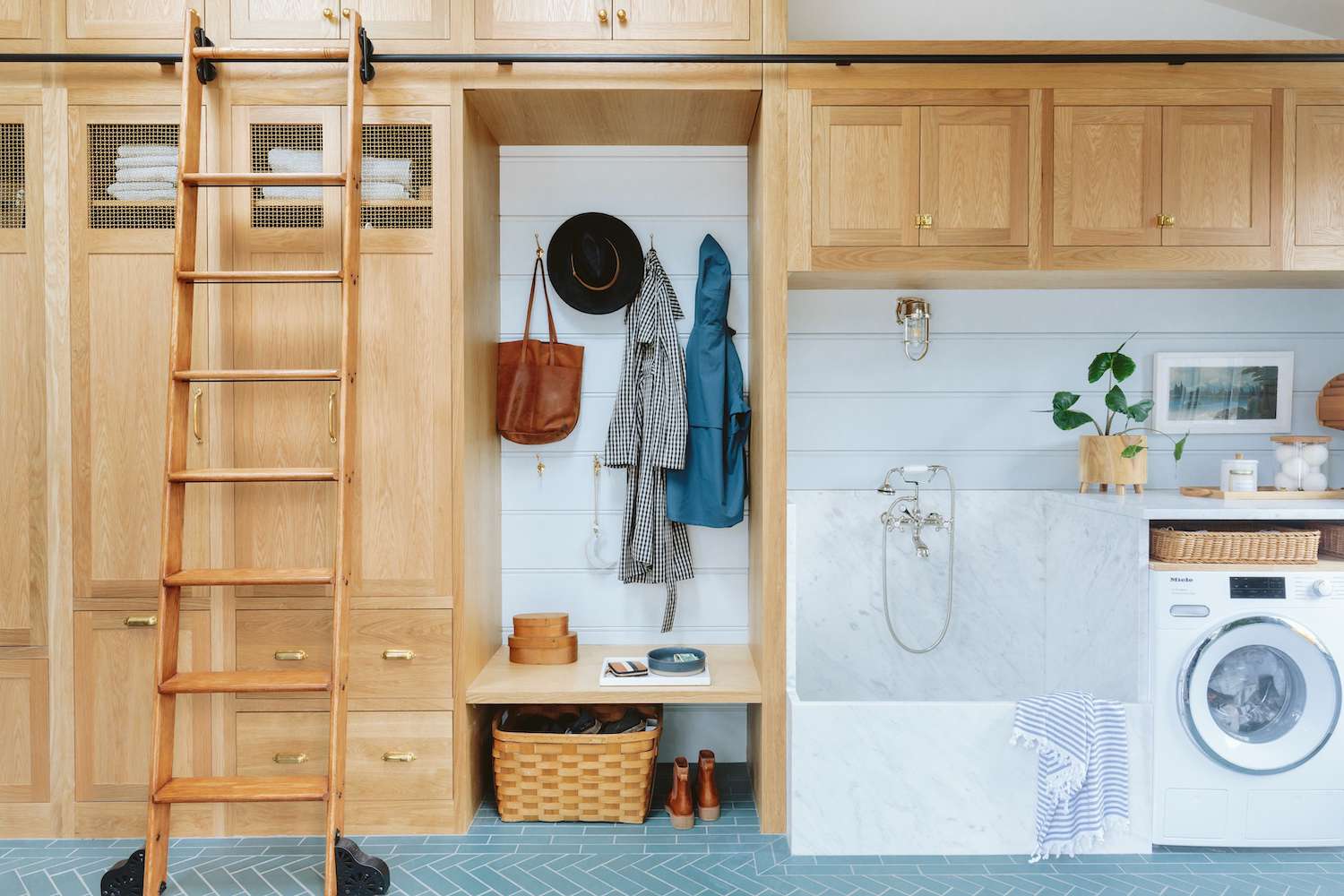

Ideas and Tips
Creating A Functional Mudroom With Built-in Drying Rack
Published: August 29, 2024
Learn how to design a functional mudroom with a built-in drying rack. Maximize organization and efficiency in your home with these expert tips.
(Many of the links in this article redirect to a specific reviewed product. Your purchase of these products through affiliate links helps to generate commission for Storables.com, at no extra cost. Learn more)
Introduction
A mudroom is more than just a place to kick off your shoes and boots; it's a crucial part of your home's organization and functionality. It serves as a secondary entrance, where you can remove your dirty clothes and shoes, store your gear, and clean your pets. However, to make the most out of this space, you need to think about its design and functionality. In this article, we will explore how to create a highly functional mudroom with a built-in drying rack, ensuring that your space is both organized and efficient.
Must-Have Elements of a Mudroom
Before diving into the specifics of creating a functional mudroom with a built-in drying rack, let's first identify the must-have elements of any mudroom:
-
Shoe Racks: These are essential for keeping your shoes organized and off the floor. You can choose from various types, including wall-mounted racks, floor-standing racks, or even shoe cubbies.
-
Cabinets or Cubbies: These provide ample storage for coats, bags, and other items. They can be custom-made or purchased pre-fabricated.
-
Pet Food and Storage: If you have pets, it's important to have a designated area for their food and supplies.
-
Laundry Basket: A laundry basket is handy for collecting dirty clothes from the family members.
-
Bench or Place to Sit: A bench or a place to sit can be very useful for putting on shoes or taking them off.
-
Rug or Floor Mat: A rug or floor mat helps keep the floor clean by catching dirt and water from shoes.
-
Hooks: Hooks are versatile and can be used for hanging coats, bags, hats, and other items.
Planning Your Mudroom
Creating a functional mudroom starts with planning. Here are some steps to follow:
-
Assess Your Space: Measure your available space and think about how you want to use it. Consider the size of your family and their needs.
-
List Your Needs: Make a list of the items you need to store in your mudroom. This will help you determine the type and number of storage units you require.
-
Choose the Right Flooring: The flooring should be durable and easy to clean. Natural materials like limestone, marble, and slate are excellent choices because they are tough and resistant to wear.
-
Optimize Storage: Think about how you can maximize storage space without cluttering the area. Use wall-mounted shelves, hooks, and cabinets to keep things organized.
-
Consider Lighting: Adequate lighting is crucial in a mudroom. Install overhead lights or use LED strips under cabinets for better visibility.
Building a Functional Mudroom Design
Now that we have identified the must-have elements and planned our space, let's move on to designing a functional mudroom:
1. Make a Plan Before You Start
Before you begin building or renovating your mudroom, make a detailed plan. This includes deciding on the layout, choosing materials, and selecting furniture and storage units.
2. Choose the Right Materials
Select materials that are durable and easy to clean. For example:
- Flooring: As mentioned earlier, natural materials like limestone or marble are excellent choices.
- Cabinets: Use waterproof materials for cabinets to prevent water damage.
- Shelves: Choose shelves with a lip to prevent items from falling off.
3. Incorporate a Built-in Drying Rack
A built-in drying rack is an excellent addition to any mudroom. It helps keep the space organized by providing a place for wet clothes to dry without taking up floor space.
Steps to Build a Drying Rack:
-
Materials Needed:
- Dowels
- Wood pieces (for support)
- Glue
- Nails or brads
- Wax paper (for preventing glue from sticking)
-
Instructions:
- Cut and round off one inch on both ends of the dowels so that the last inch is at 1/4 inch diameter, except for four of the dowels which should have only half an inch cut off.
- Assemble the rack by gluing the dowels into the red pieces (angled pieces) and passing them through black pieces (straight pieces). Use wax paper between parts to prevent glue from sticking.
- Insert the dowels into their respective holes in both red and black pieces.
- Once assembled, drive small brads into each end piece to secure the dowels in place.
- Finally, add any finishing touches such as sanding down rough edges.
4. Add Hooks and Shelves
Hooks are essential for hanging coats, bags, hats, etc., while shelves provide additional storage for items like cleaning supplies or extra shoes.
Tips for Installing Hooks:
- Choose the Right Type: There are various types of hooks available—wall hooks, over-the-door hooks, etc. Choose based on your needs.
- Install Strategically: Place hooks at a height that is easily accessible but not too low that they get in the way of foot traffic.
Tips for Installing Shelves:
- Measure Twice: Measure twice before drilling holes to ensure shelves fit perfectly.
- Use Leveling Tools: Use leveling tools to ensure shelves are perfectly horizontal.
5. Incorporate Pet-Friendly Features
If you have pets, consider adding pet-friendly features like pet food storage or a place for them to clean up after themselves.
Pet Food Storage:
- Choose Durable Materials: Use durable materials like stainless steel or plastic for storing pet food.
- Keep It Cleanable: Ensure that the storage unit is easy to clean and maintain.
Pet Cleaning Station:
- Designate an Area: Designate an area specifically for cleaning pets—this could include a mat or a small sink area.
- Provide Necessary Supplies: Provide necessary supplies like towels, brushes, etc., within easy reach.
Lighting Up Your Mudroom
Lighting plays a crucial role in making your mudroom functional and comfortable:
- Overhead Lighting: Install overhead lights that provide sufficient illumination throughout the room.
- LED Strips: Use LED strips under cabinets or shelves for better visibility when looking for items stored there.
Final Touches
Once you've incorporated all these elements into your design plan, here are some final touches you might want to consider:
- Add Decorative Elements: Add decorative elements like rugs or mats that not only keep the floor clean but also add aesthetic appeal.
- Incorporate Technology: Consider incorporating technology like smart locks or charging stations for added convenience.
- Make It Accessible: Ensure that all elements are accessible—hooks should be at a height where everyone can reach them easily without straining themselves.
Conclusion
Creating a functional mudroom with built-in drying rack requires careful planning and execution but yields significant benefits in terms of organization and efficiency within your home space. By incorporating must-have elements like shoe racks, cabinets or cubbies, pet food storage units along with strategic placement of hooks/shelves along with proper lighting solutions; you'll end up having an area which not only serves its primary purpose but also enhances overall living experience significantly
Was this page helpful?
At Storables.com, we guarantee accurate and reliable information. Our content, validated by Expert Board Contributors, is crafted following stringent Editorial Policies. We're committed to providing you with well-researched, expert-backed insights for all your informational needs.

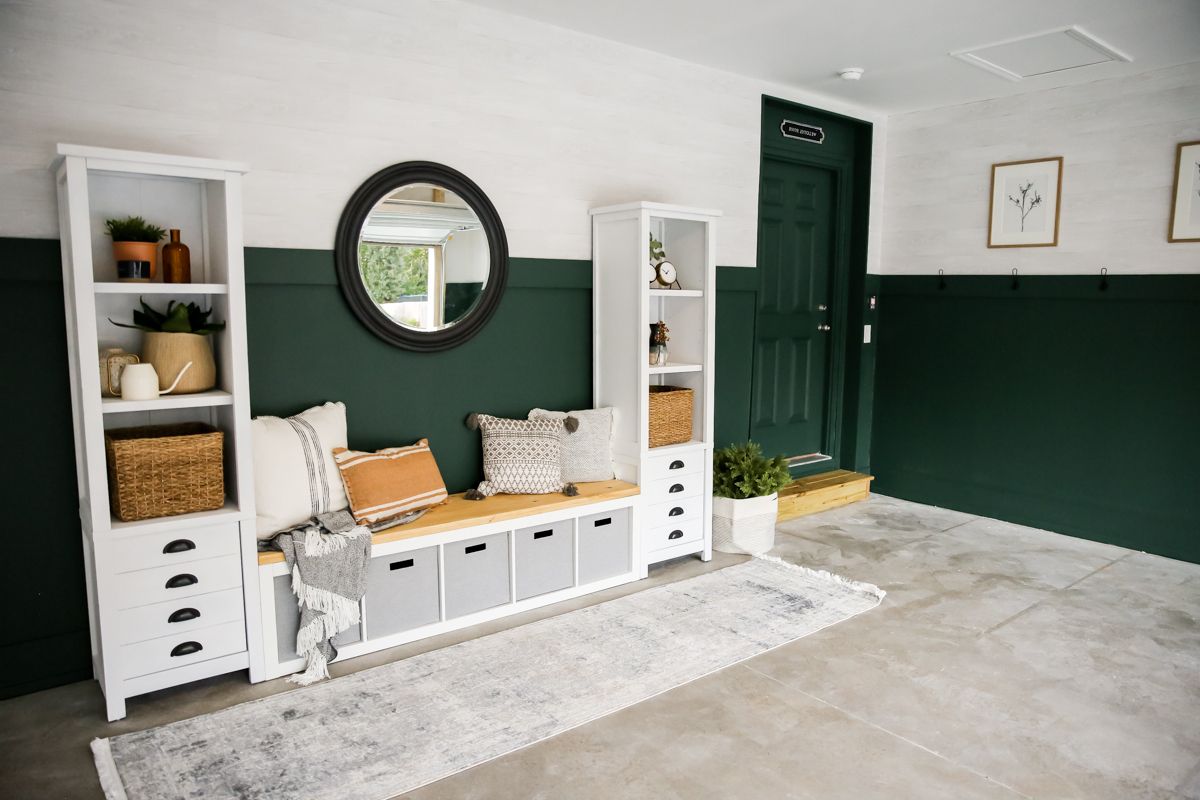
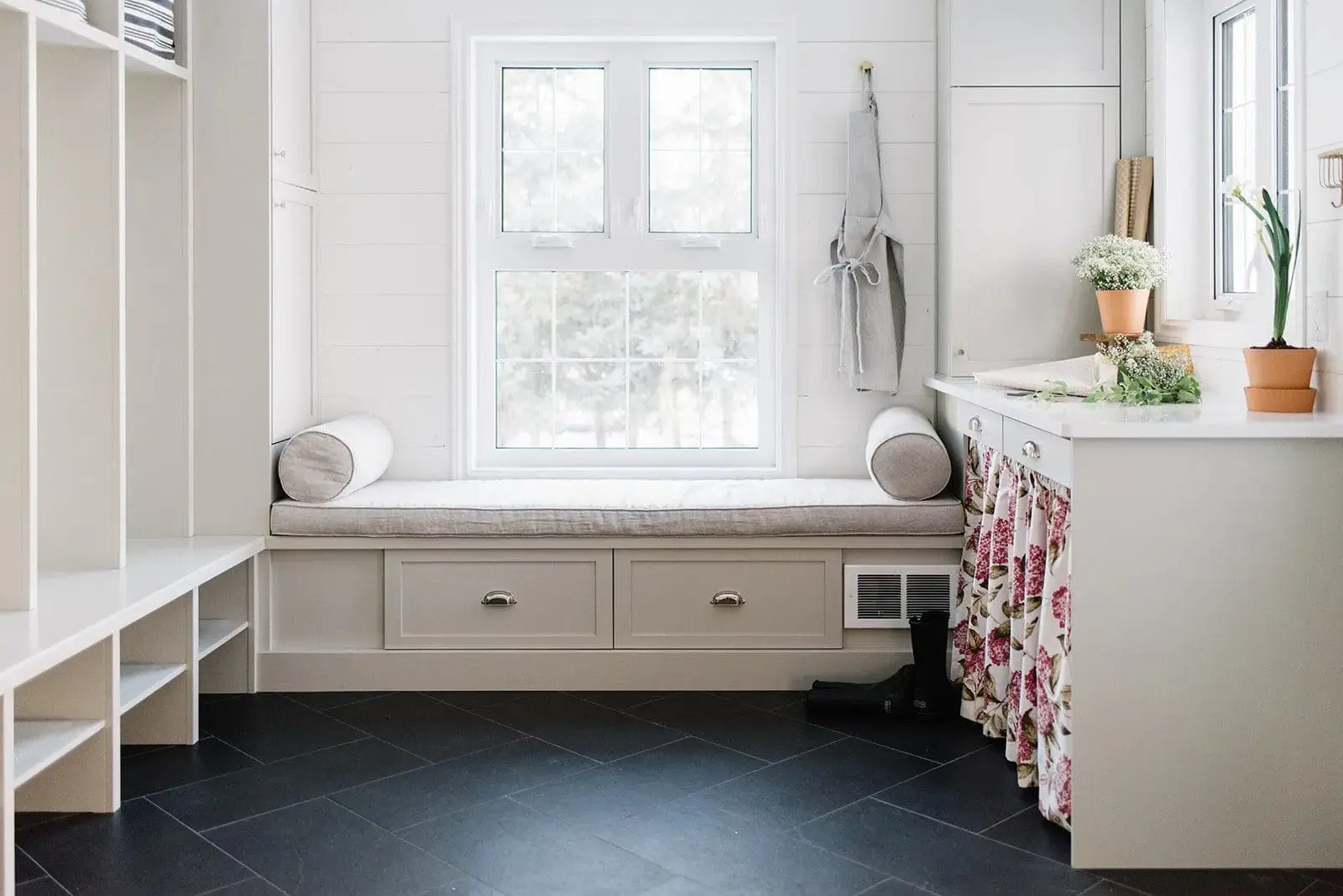
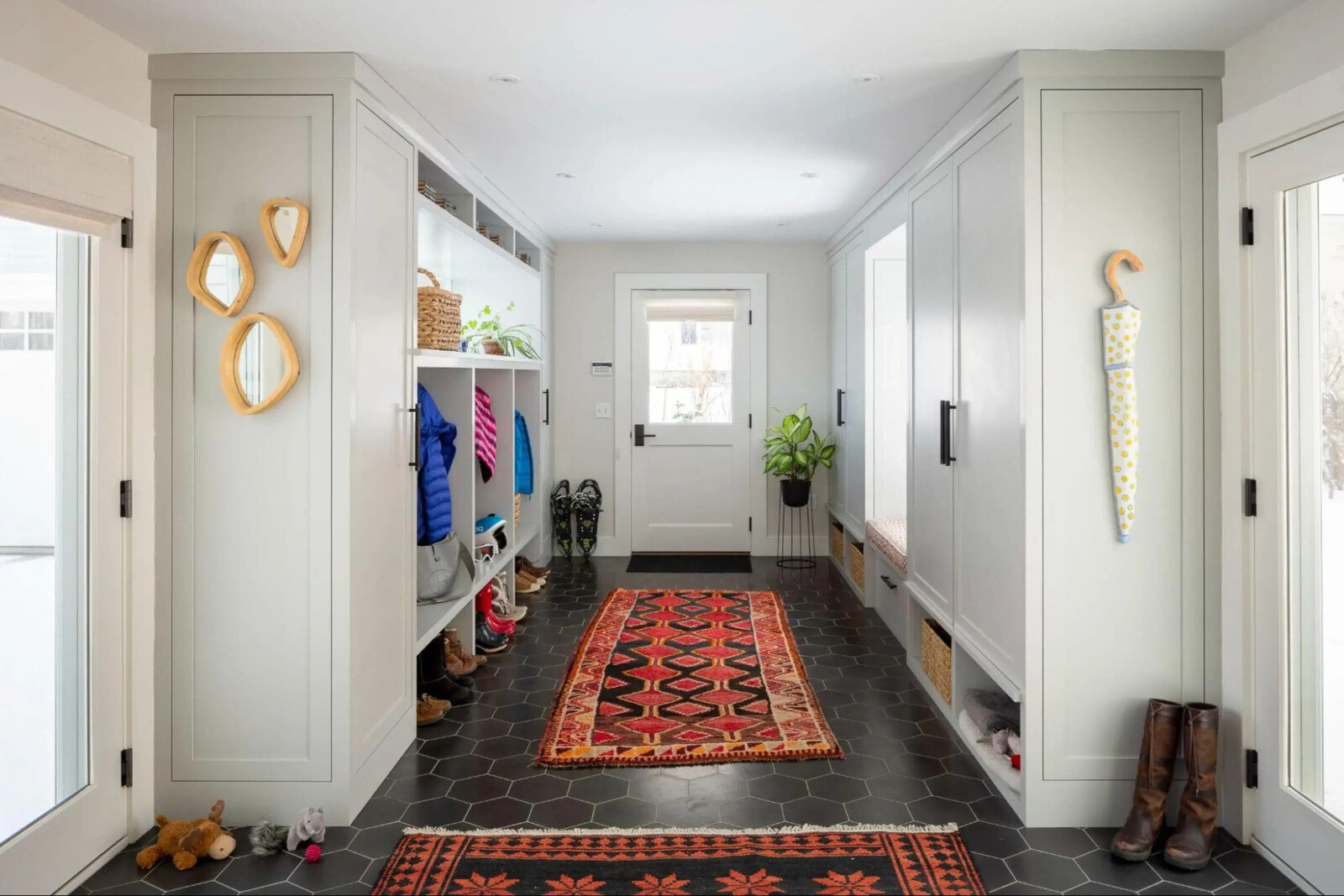
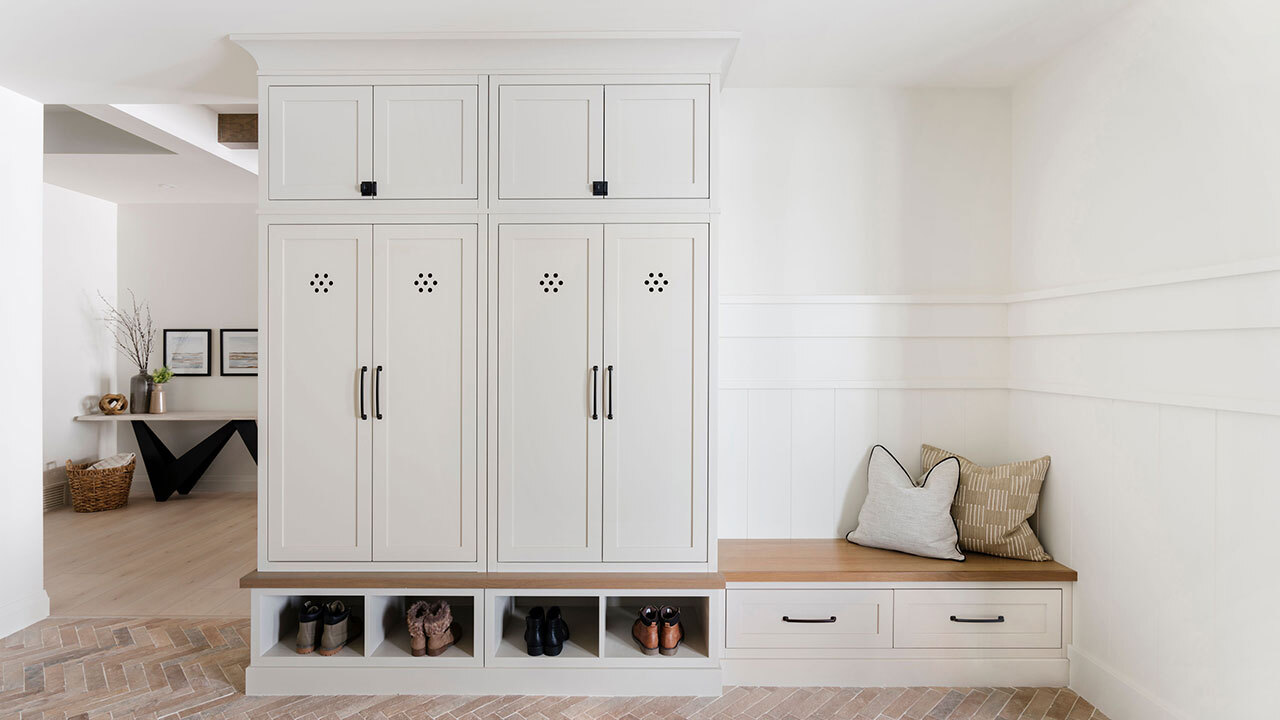
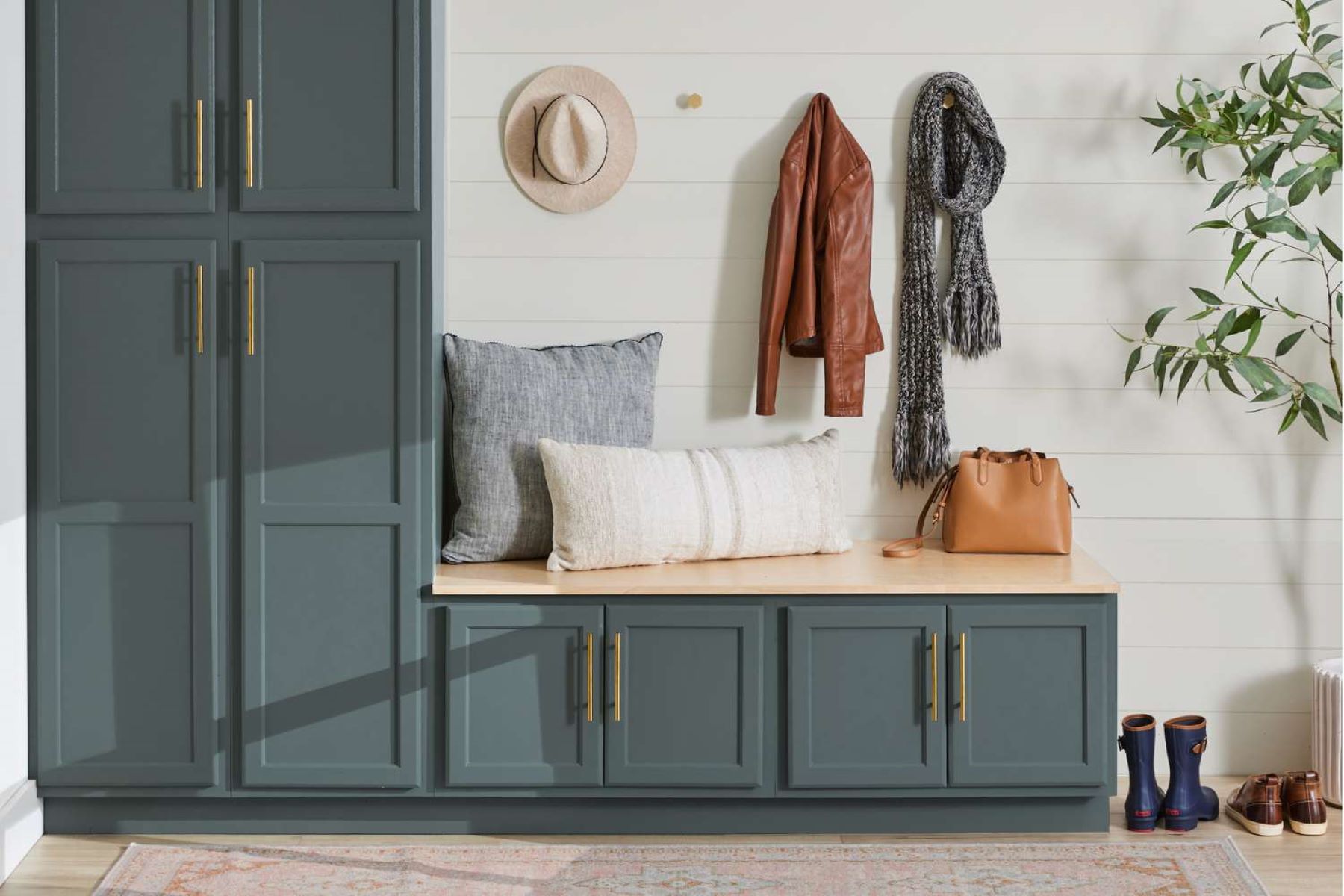
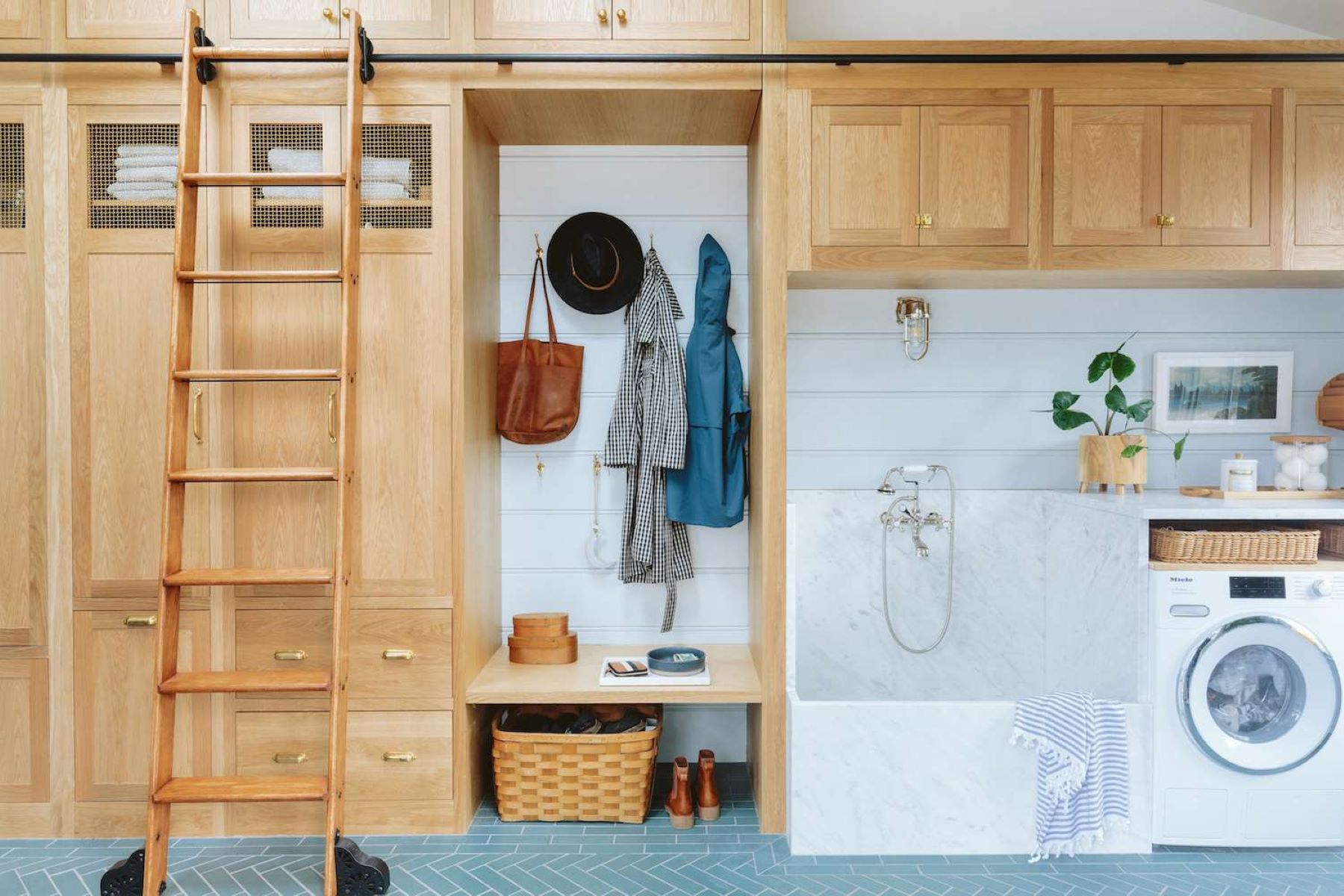
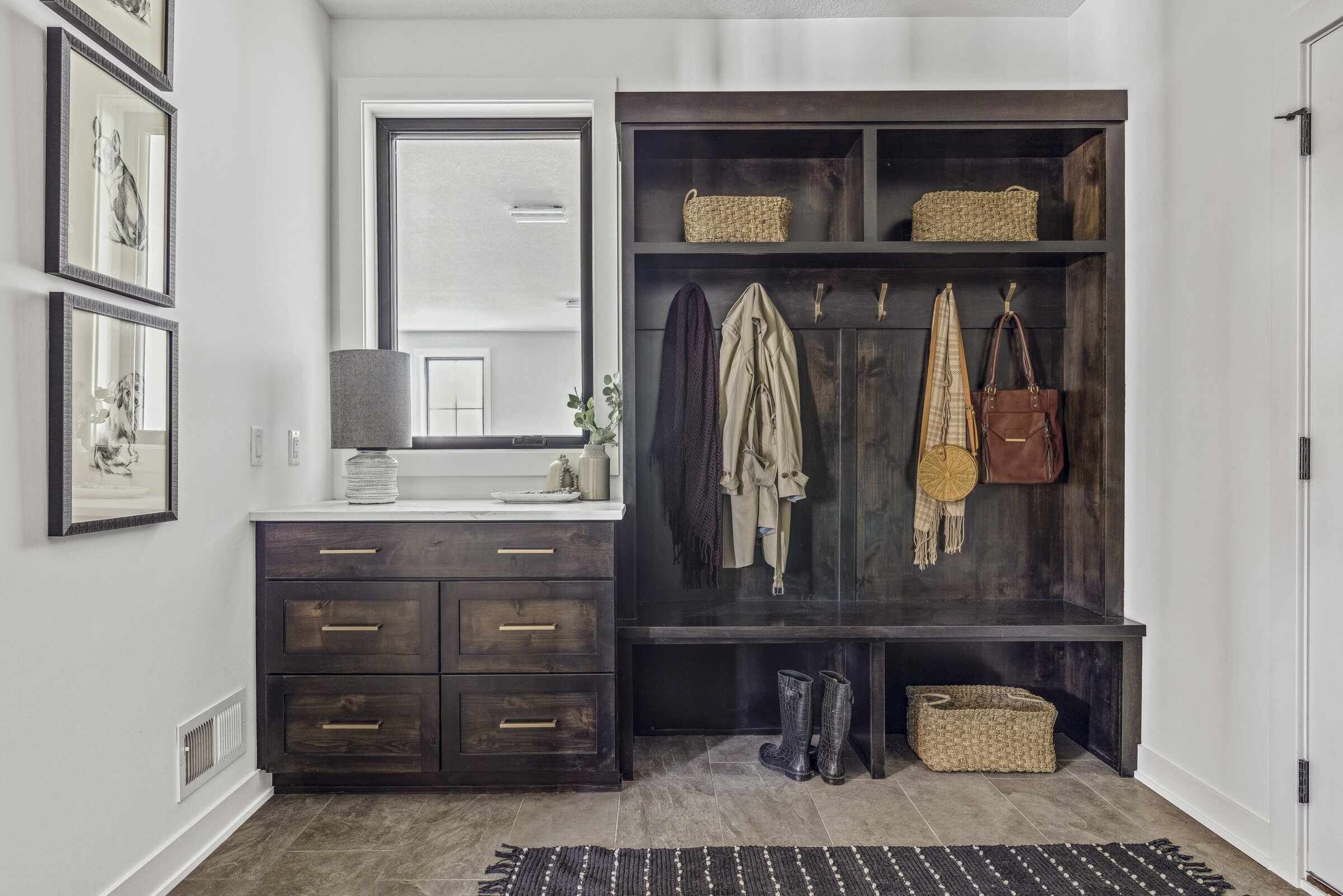
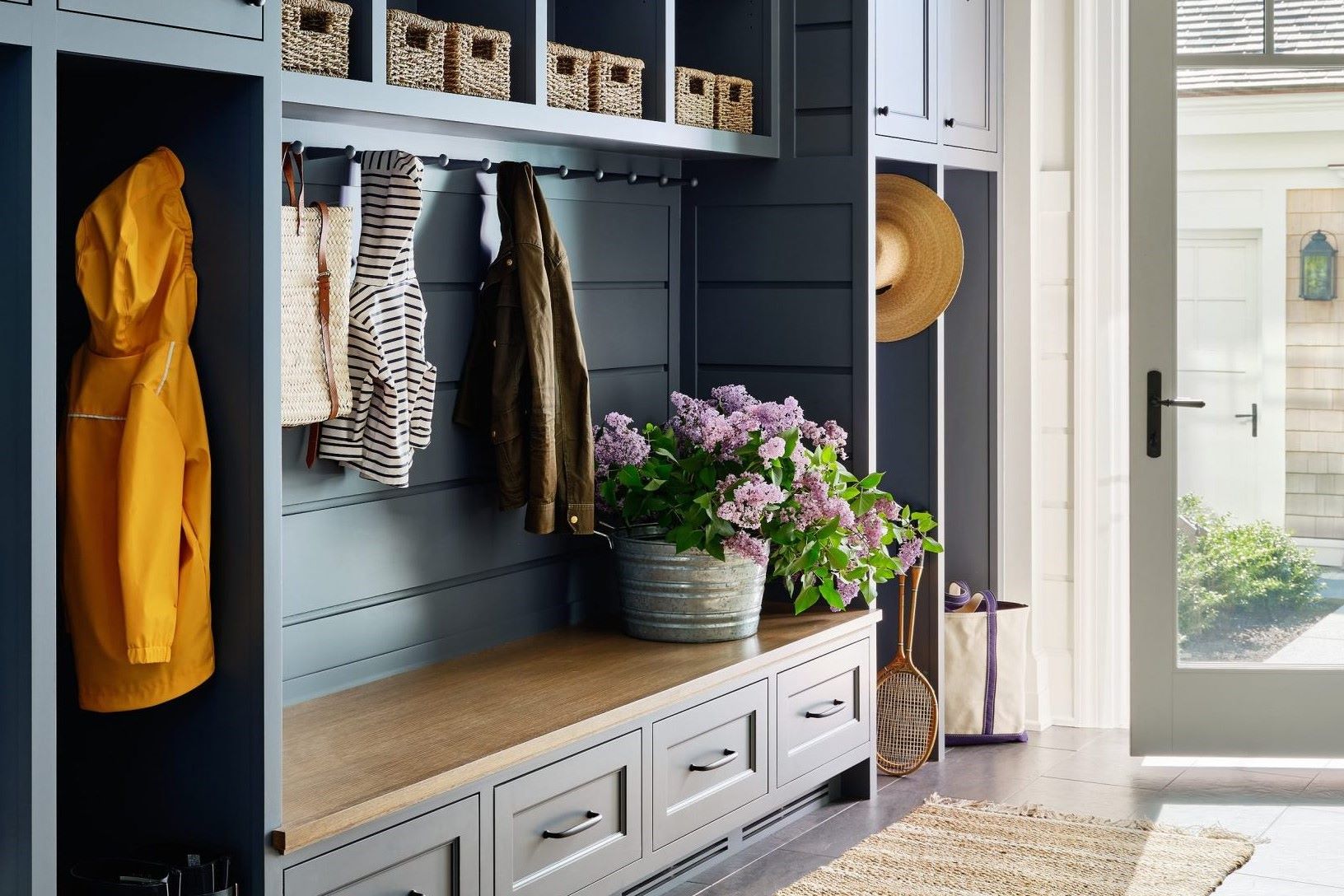
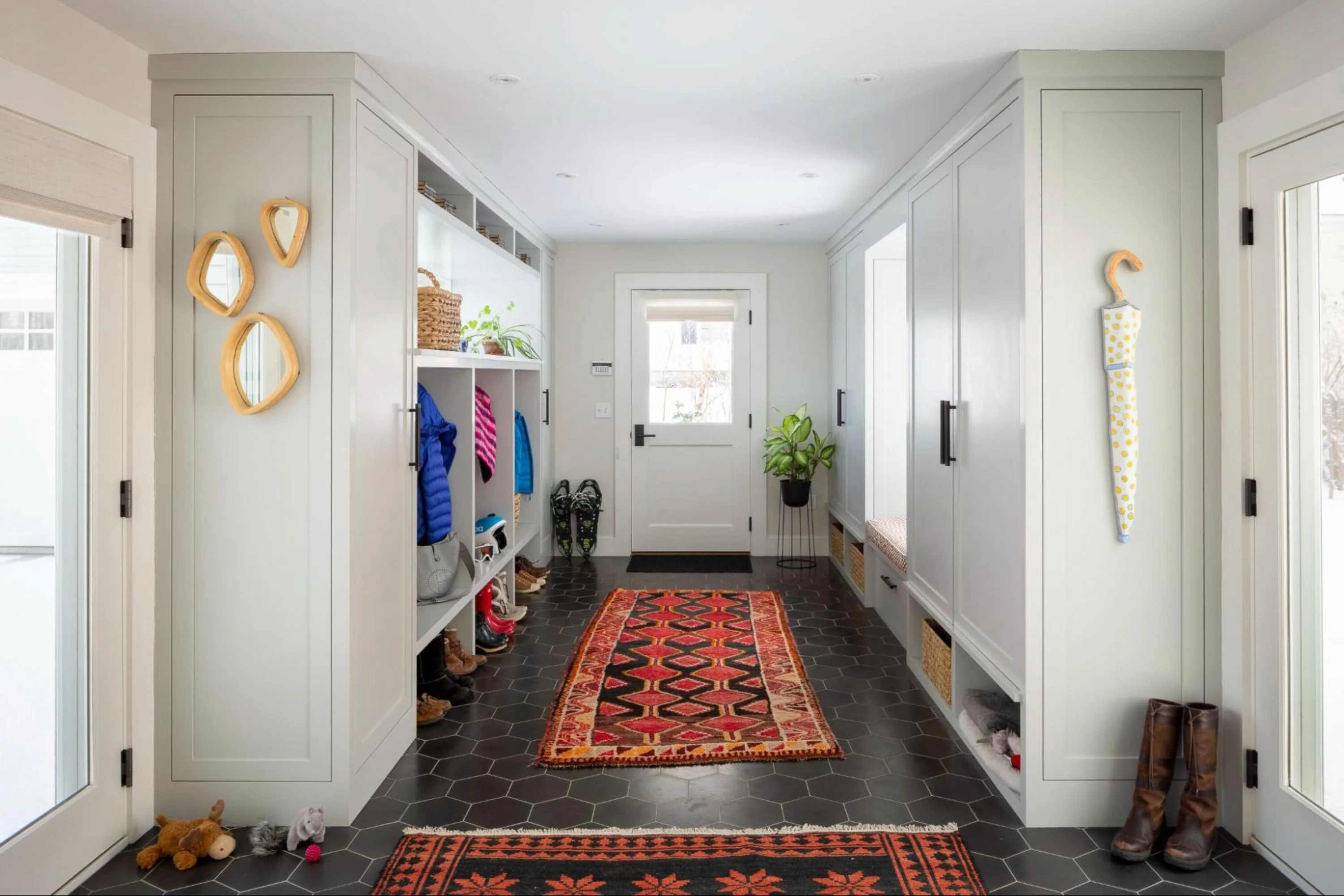
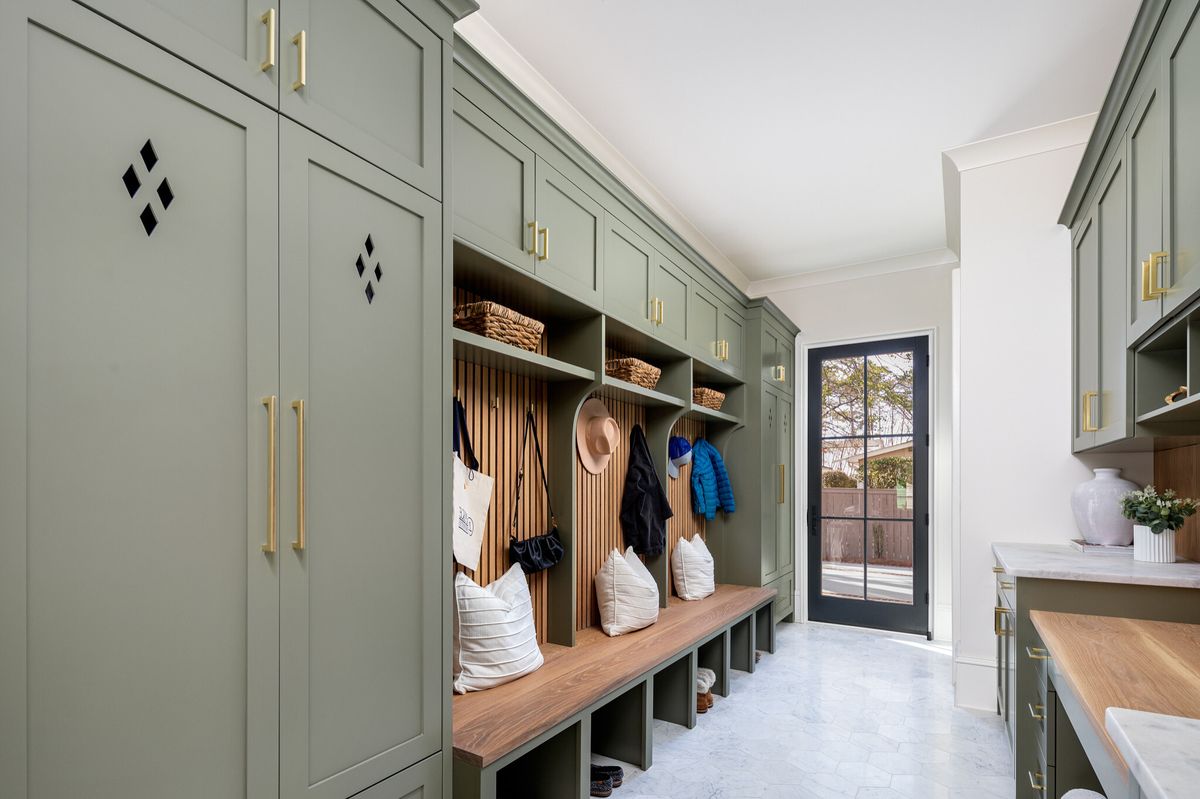
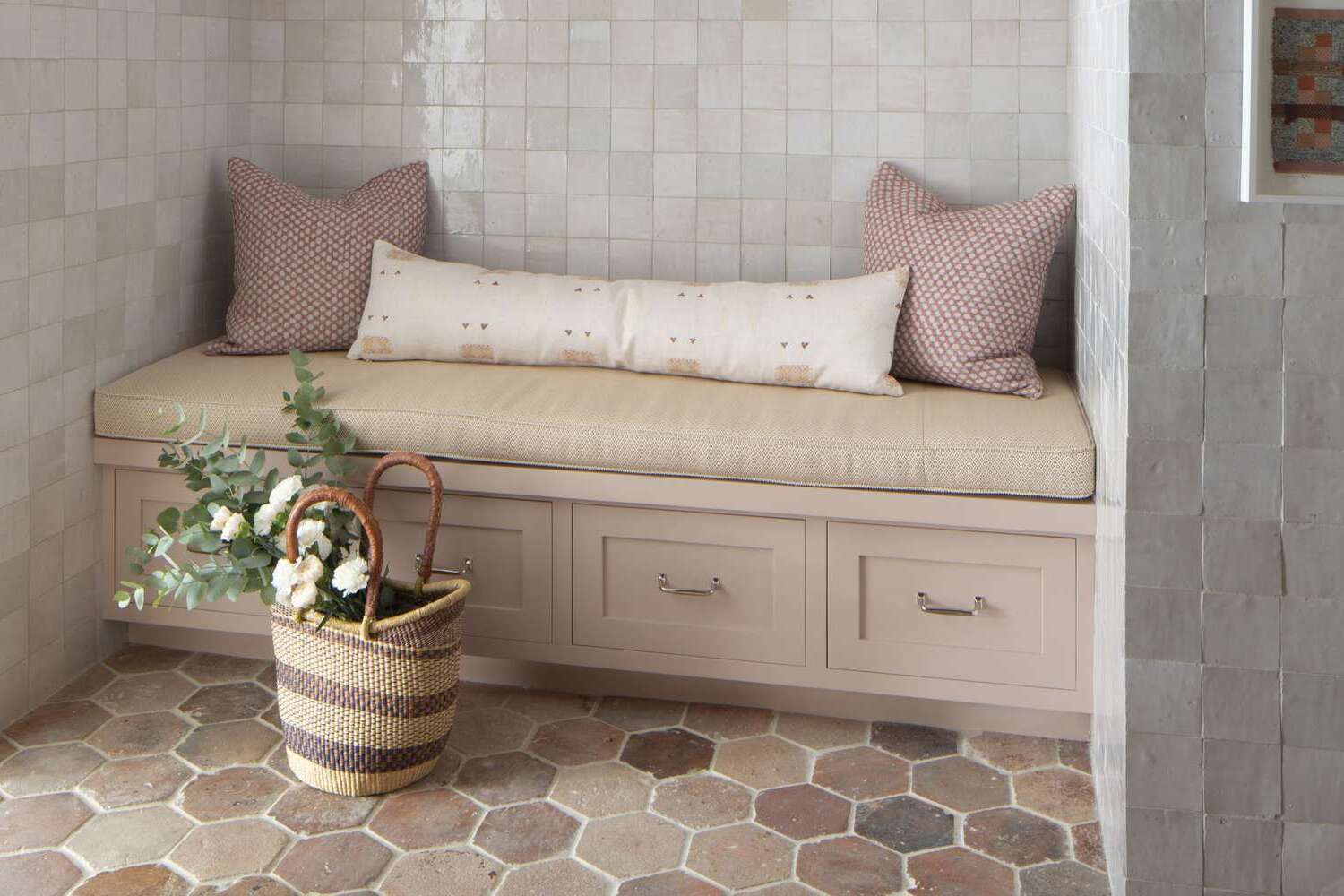
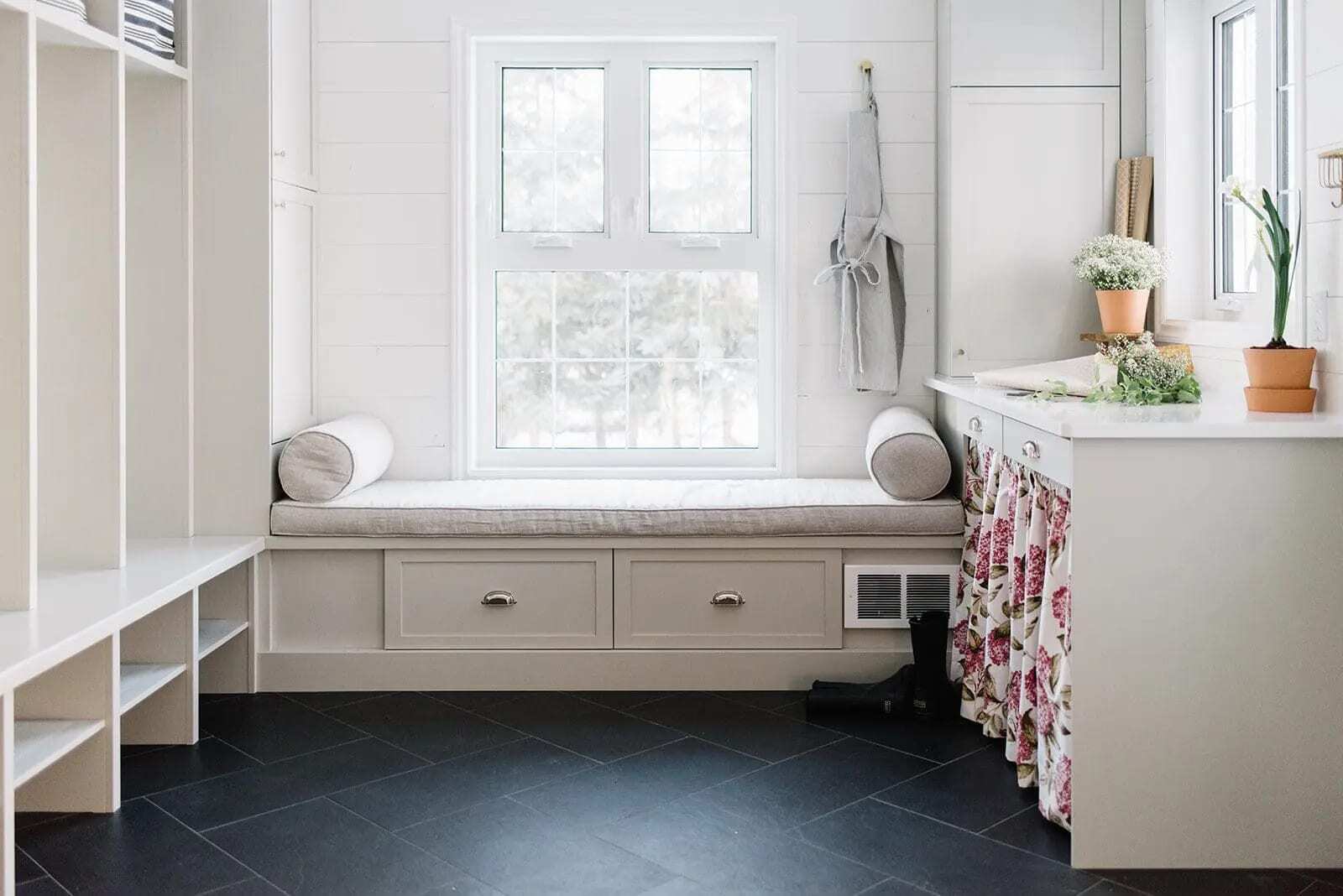

0 thoughts on “Creating A Functional Mudroom With Built-in Drying Rack”